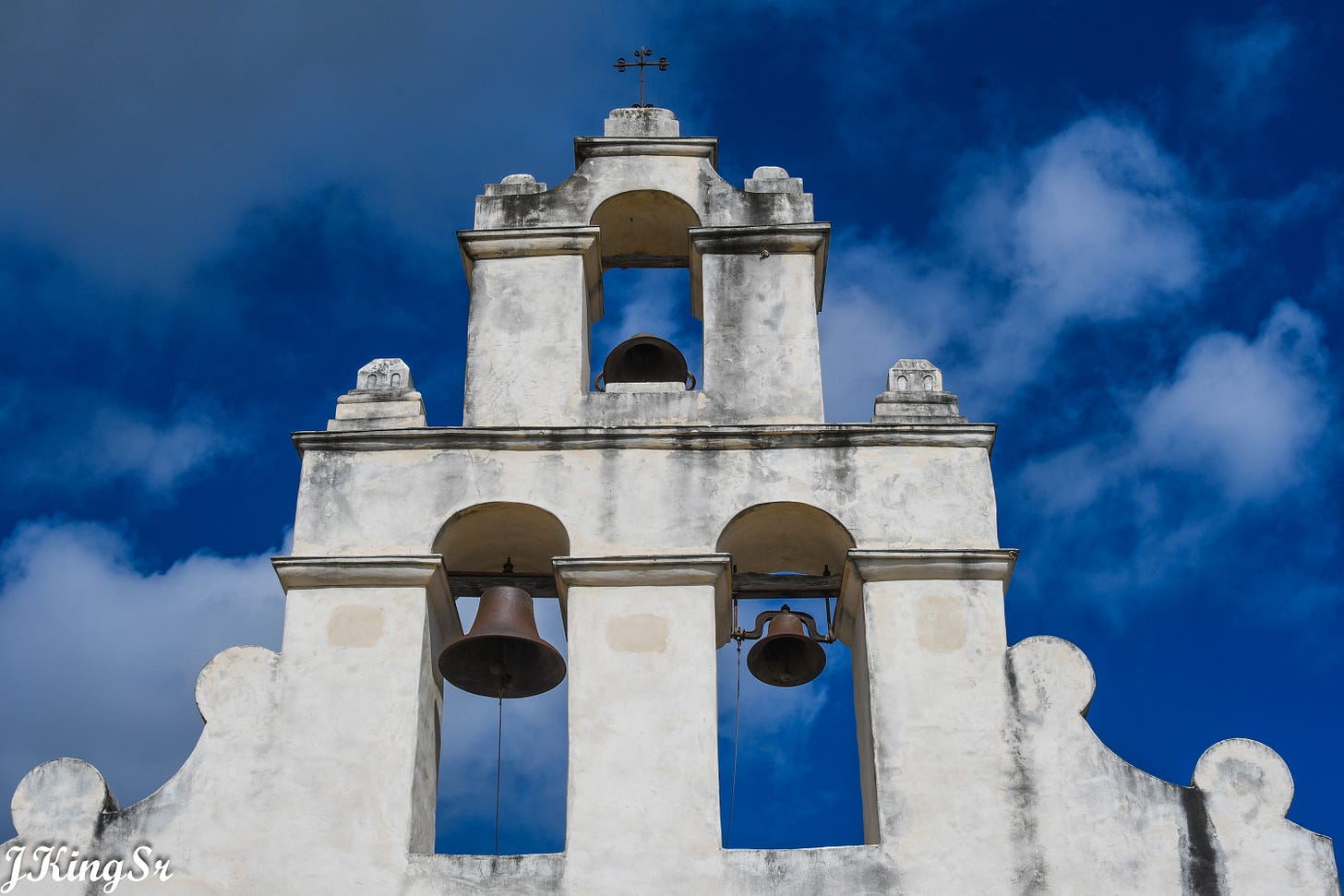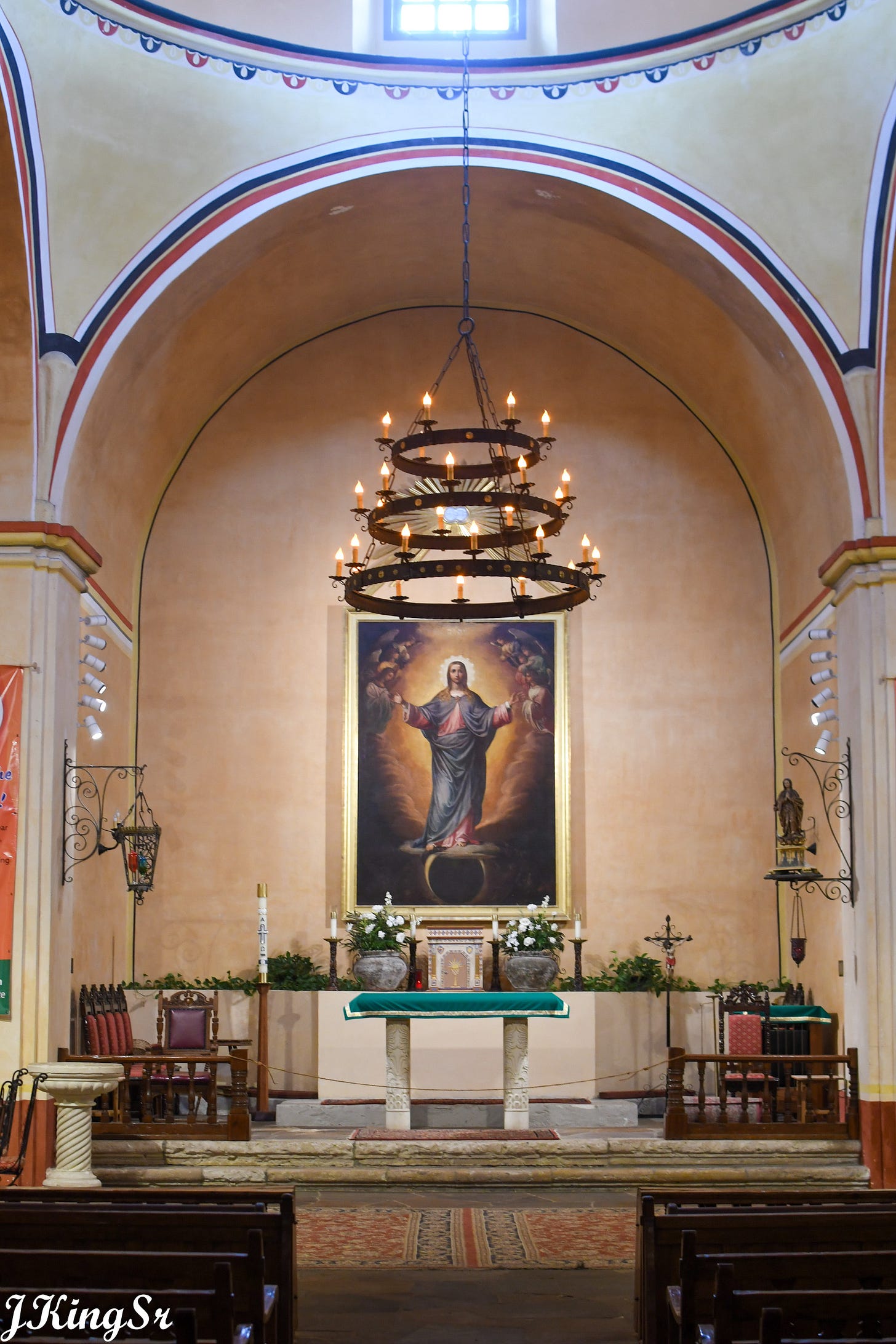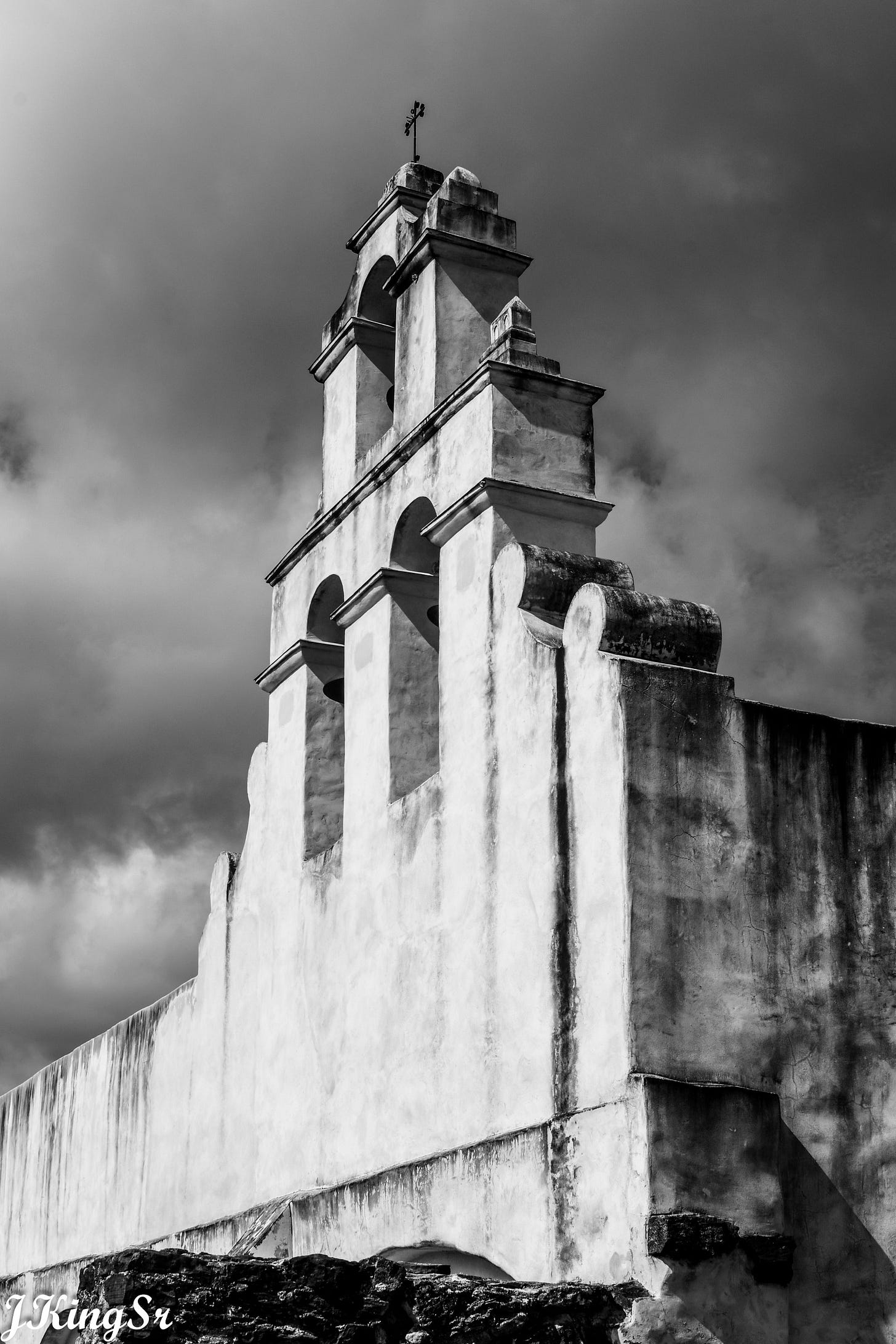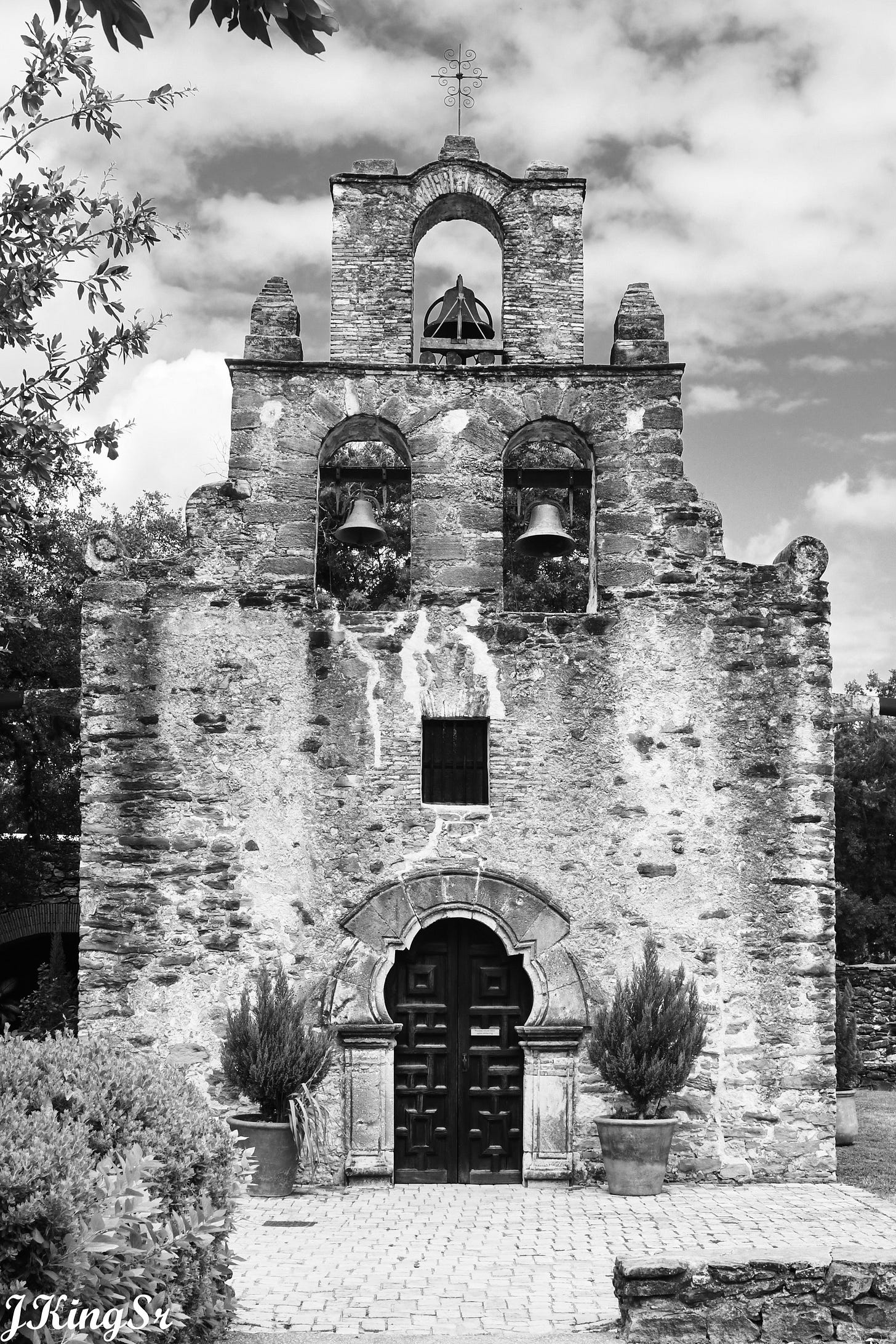San Antonio Missions National Historical Park
A part of the National Park Service
About
The missions of San Antonio are four separate mission communities, located within one park. San Antonio Missions National Historical Park's Spanish colonial architectural structures are more than 250 years old. Even the structures that were reconstructed in the 1930's are now almost 100 years old! Admission is free. The best way to see all four is by car, since they are several miles apart. There is ample parking at each location. A bicycle or an e-bike would also be good forms of transportation between missions. Click here for more info on the trail that connects the missions: https://www.nps.gov/saan/planyourvisit/hikebike.htm
From worldheritageusa.com:
San Antonio's five Spanish missions are World Heritage sites. The missions were established between 1718 and 1731 by Spanish priests of the Franciscan order who were sent to Texas — then part of New Spain — by the Spanish government and the Catholic Church to settle and protect territory claimed by the Spanish Crown. Until the missions were built, there were no permanent settlements in the area. The priests were responsible for bringing the indigenous people of the region, nomadic hunter-gathers known as Coahuiltecans, into the missions in order to create viable Spanish communities.
The missions were established to:
Convert the locals to Catholicism
Provide protection and a living place for the occupants
Teach useful skill like farming and weaving
Teach the native people Spanish language and culture
Build irrigation systems to the San Antonio River so water could be used for crops
Here are the four missions:
Mission Concepcion
Mission Nuestra Señora de la Purísima Concepción de Acuña was founded in 1716, and moved to its present location in 1731. This is one of the nation’s oldest remaining original stone churches. There are many examples of frescos on the walls and ceiling here.
Mission San Jose
Mission San José y San Miguel de Aguayo was established in 1720. Known as the "Queen of the Missions", this is the largest of the missions and was almost fully restored to its original design in the 1930s by the WPA (Works Progress Administration). At its peak, the mission was home to 350 Native Americans.
If you visit, check out the rose window, a beautiful example of Spanish colonial ornamentation. Frescoes and statues adorn the walls of the mission.
Mission San Juan
In 1716, Mission San José de los Nazonis was established to serve the Nazonis Indians. However, the mission was not successful, and whatever was transportable was moved to a new location. On March 5, 1731, the mission was reestablished on the east bank of the San Antonio River and renamed San Juan Capistrano. By 1762 there were 203 Indians residing at Mission San Juan. The mission included a granary, textile shops, and Indian houses made of adobe with thatched roofs.
By 1772, a newer, larger church was planned, and construction started. The building was never completed, due to lack of labor. Today, you can still visit the remnants of that unfinished church, in addition to the one that is still standing.
Mission Espada
This was the first mission in Texas, founded in 1690 as San Francisco de los Tejas near present-day Weches, Texas. On March 5, 1731, the mission was transferred to the San Antonio River area and renamed Mission San Francisco de la Espada. A friary was built in 1745, and the church was completed in 1756.
If You Go
Be sure to take comfortable walking shoes, sunscreen, a hat, sunglasses, and clothing appropriate for the season. You will be doing a lot of walking. Keep in mind, the missions still contain active Catholic parishes. The churches hold regular services in these historic buildings and are owned and operated by the Archdiocese of San Antonio. They are open to park visitors during park hours (9am-5pm), except for during special services, such as weddings and funerals.
For more info on the missions, and for maps of the area, see here:
https://www.nps.gov/saan/index.htm
Enjoy the gallery of photos I took at the missions:
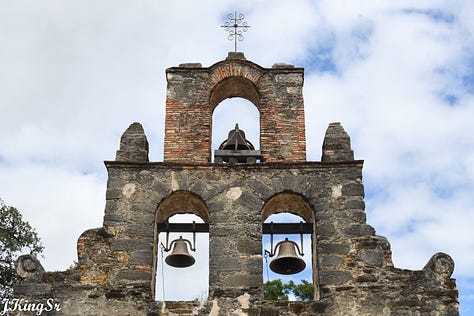
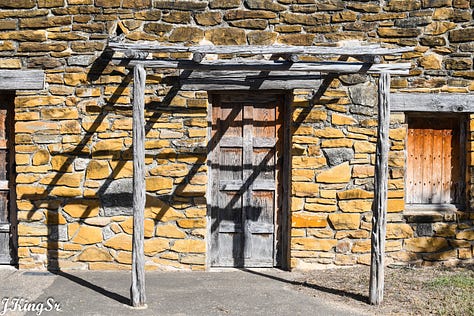


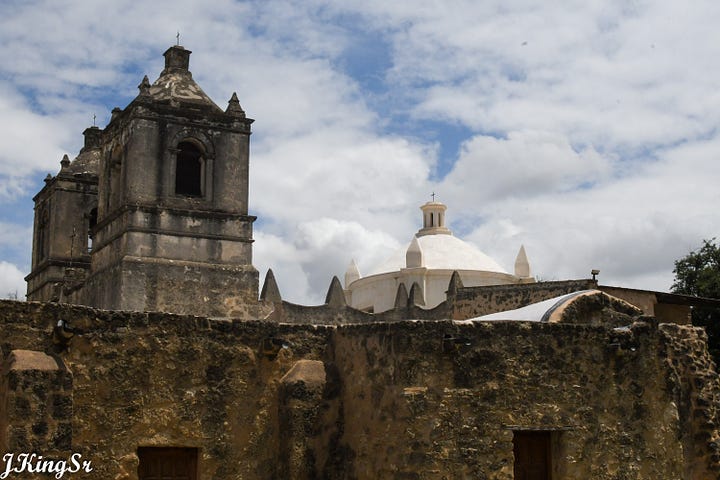
To see more of the photos I took at the missions, please visit my website:
https://www.smugmug.com/app/organize/Places/San-Antonio-Missions-National-Historical-Park
Live the Wayfarer life! What’s your next adventure?


